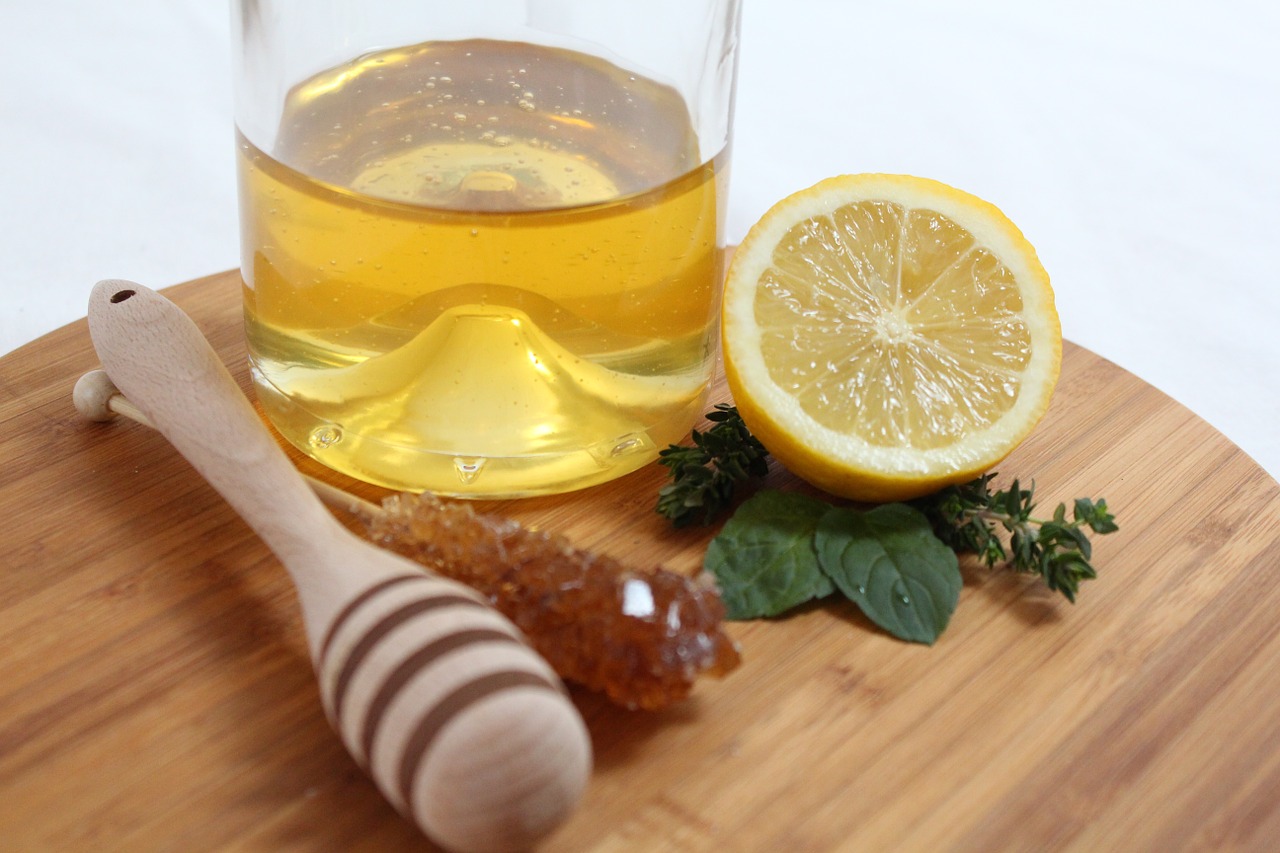By Andrea Du Plessis, Food For Mzansi | September 25, 2019
Nobody can afford to stay at home from work to nurse yourself through the flu. And if you’re a parent with kids that risk is multiplied. Prevention is definitely better than cure, and flu-fighting foods can be your first line of defense.
As early as the Middle Ages, connections were made between food and colds and flu. We’ve been told to feed a cold and starve a fever, and that chicken soup is the best meal during illness. Whether these claims hold any truth is debatable. For instance, fasting is certainly not a good idea during illness, especially flu, as one’s nutritional and fluid needs are increased by fever and fluid losses through sweating and production of mucus.
While there is no known cure for the common cold, we do know that many medicines, natural remedies, and even foods can help bring relief from certain symptoms. Here are some of the best flu-fighting foods you may already have in your home:
Garlic
Garlic is probably the most well-known of all flu-fighting foods. Research shows that eating garlic regularly or taking a garlic supplement can help prevent and even shorten the duration of a cold. This is believed to be because of garlic’s antimicrobial (“germ-fighting”) properties.
Ginger
While garlic is invaluable in helping to fight infections, ginger is certainly the most powerful natural remedy to help bring relief from the symptoms of colds and flu. Why? Because it can help reduce fever, relieve sore throats, and relieve tight, painful and congested sinuses and chests.
Honey
The antimicrobial properties of honey are well known in the support of wound healing. It is also believed that raw honey has immune-stimulating properties. Interestingly, honey has received some attention because it seems to have a soothing effect on sore throats and may even help reduce coughs. Research has shown that honey can help to reduce coughing in children by soothing an irritated throat, sometimes more effectively than cough medicine.
Chillies
Chilies are rich in a component called capsaicin, which causes the “hot” burning sensation you experience when you eat them. It’s this very same characteristic of chilies that contributes to their role in the management of colds and flu. Eating chilies can cause a runny nose, which thins mucus secretions, potentially helping to relieve a stuffy nose.
Chilies may also support the immune system. Uncooked chilies, as well as sweet red peppers, are among the foods with the highest concentration of vitamin C. Vitamin C is known to help in the fight against flu by supporting the immune system.
Table 1. Vitamin C content of well-known food sources10
| Food Source | Vitamin C (per 100 g of item) |
| Guavas | 347 mg |
| Red peppers, uncooked | 190 mg |
| Chilies, uncooked | 132 mg |
| Lemons | 77 mg |
| Cauliflower, uncooked | 70 mg |
| Oranges | 53 mg |
| Grapefruit | 34 mg |
Green Tea
Recent research has highlighted the benefits of green tea in helping the fight against colds and flu. Taking a green tea extract supplement has been shown to help reduce the risk of colds and flu, as well as potentially reducing their duration. Even though one can’t assume that the same therapeutic benefit will be derived by drinking green tea, it does make sense to include this antioxidant-rich beverage in your diet.
Chicken Soup
Although many of us find the recommendation for chicken soup strange, it can play a valuable role in increasing fluid, electrolyte and nutritional intake. The fever and sweating that result from flu are associated with losses of fluid and electrolytes and increased nutritional needs. Next time you prepare chicken soup for a loved one suffering from flu, make sure to include immune-boosting and flu-fighting ingredients such as fresh chilies, freshly ground ginger, lemon juice and plenty of fresh garlic.

